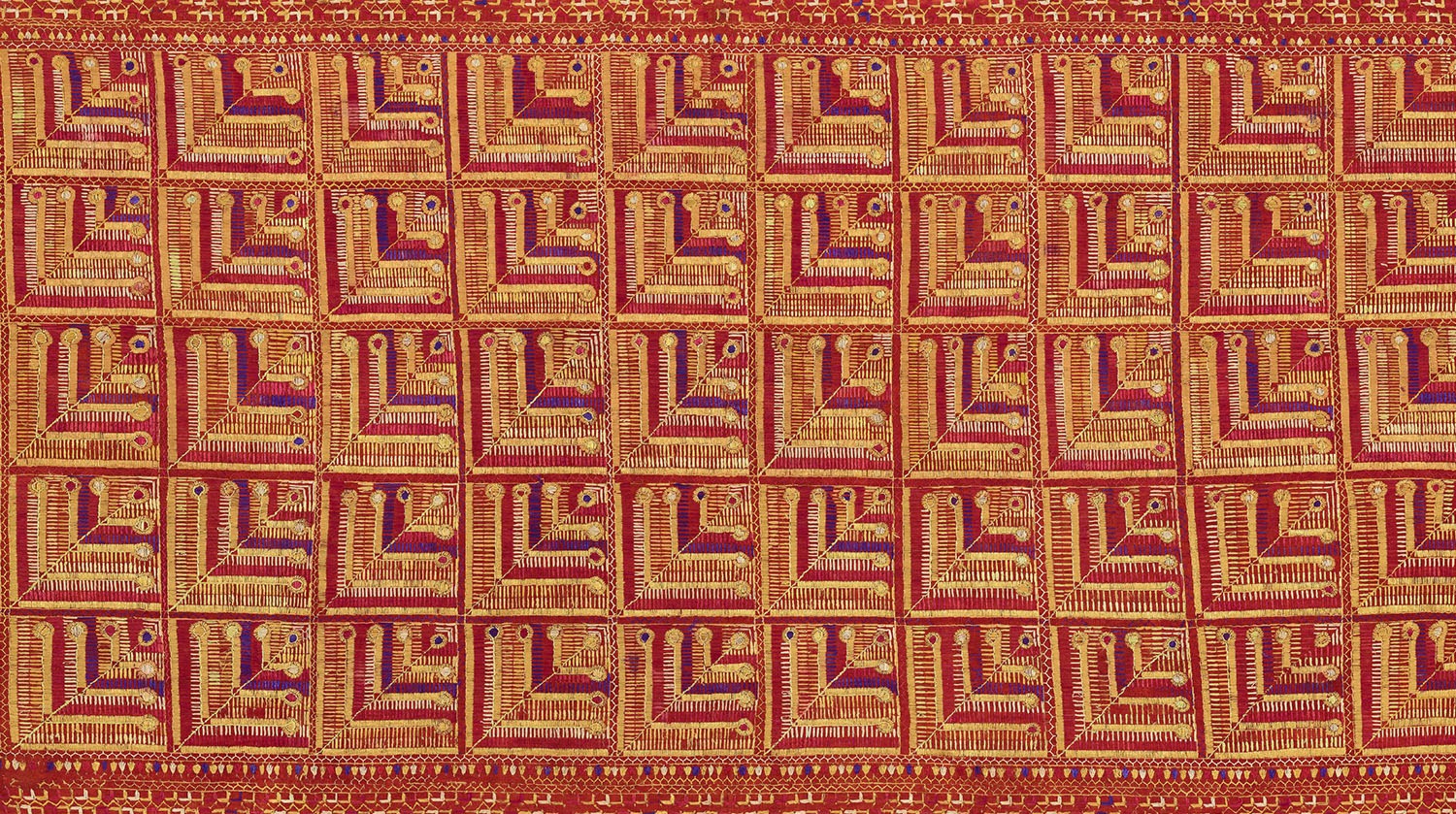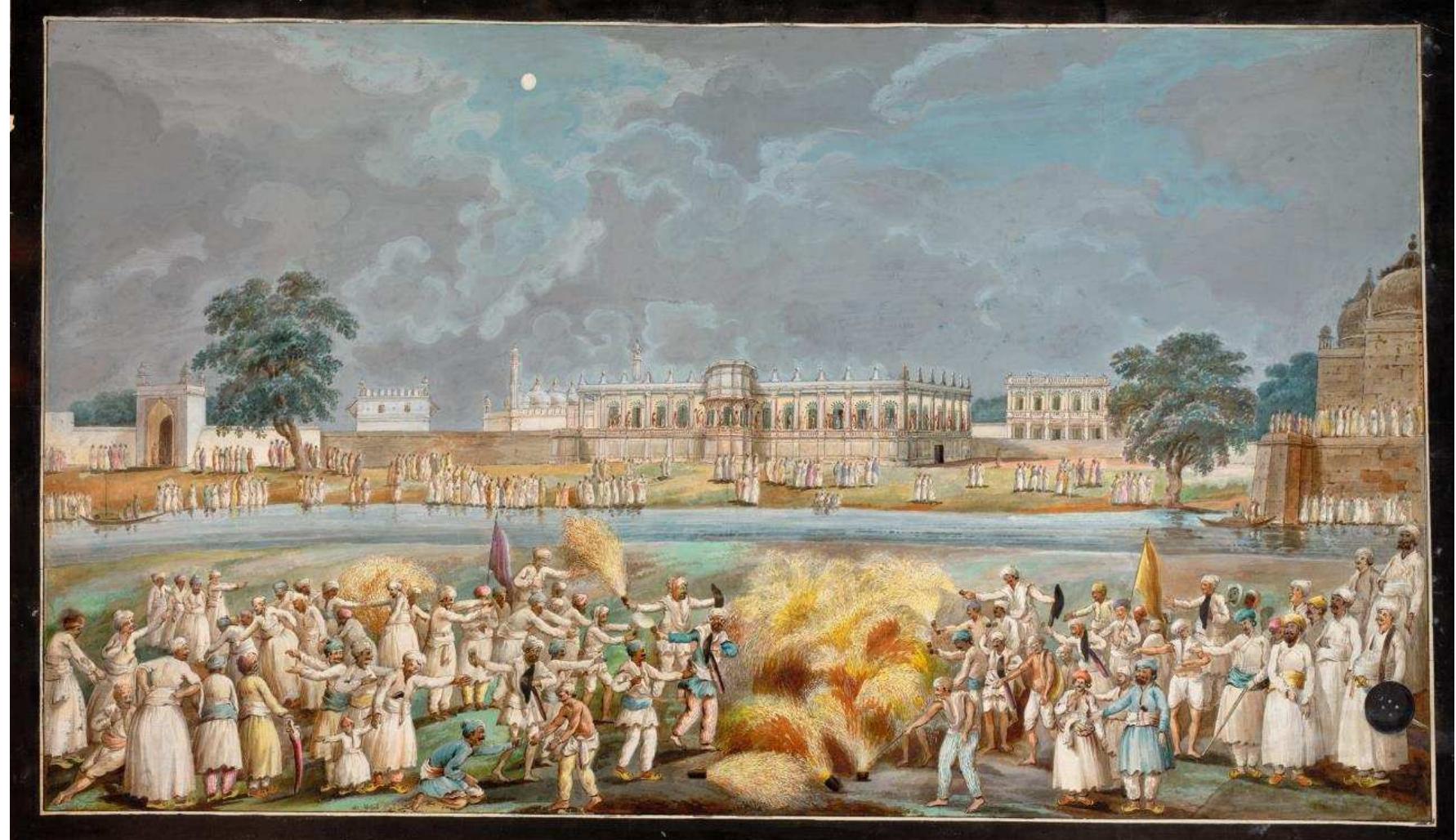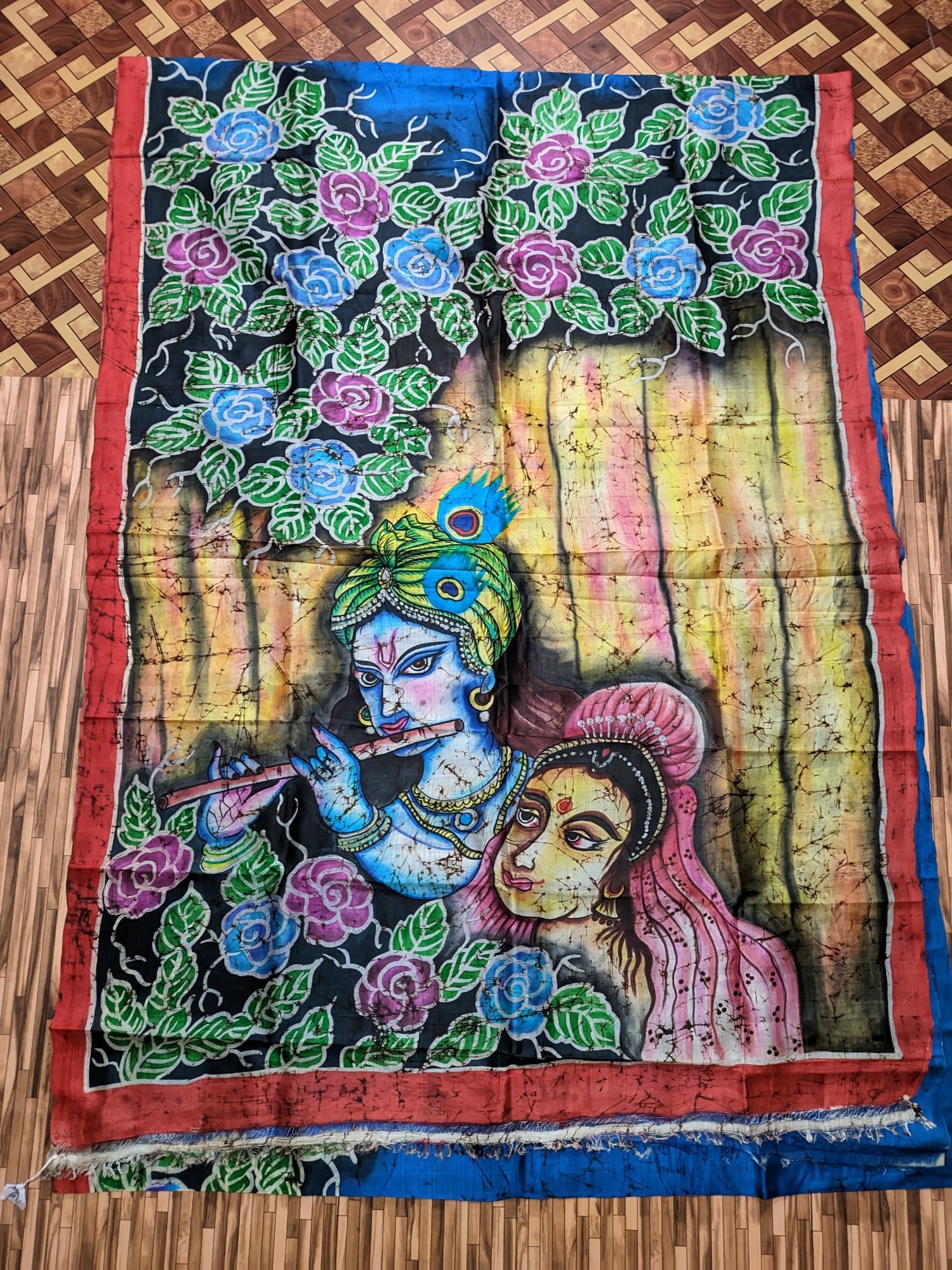
Menu

Phulkari, meaning “flower work,” is more than just embroidery—it’s a vibrant thread in the fabric of Punjab’s cultural heritage. Originating in the rural households of Punjab, Phulkari has been practiced for centuries, passed down from generation to generation by women who wove their stories and emotions into cloth using colorful threads and simple stitches.
Traditionally, Phulkari was not just decorative. It was deeply personal and symbolic, created by women for use in weddings, religious events, and family celebrations. Each piece was unique, reflecting the maker’s creativity, environment, and even social status. The embroidery is done on hand-spun cotton fabric called khaddar, using bright silk threads in hues of red, orange, green, and gold. The most distinctive feature of Phulkari is its geometric patterns and the skillful use of the darning stitch to cover the fabric so densely that the base material is almost invisible.
While once limited to domestic use, Phulkari has now found a global audience. Designers incorporate Phulkari into contemporary fashion, accessories, and even home décor, breathing new life into this ancient art form. Its appeal lies in its authenticity—each piece is handmade, telling a story through its motifs, often inspired by nature, daily life, and folklore.
In today’s fast-paced world, Phulkari stands as a colorful testament to patience, tradition, and feminine expression. Preserving and promoting this art not only supports local artisans but also ensures that a vibrant piece of Punjab’s identity continues to thrive.



